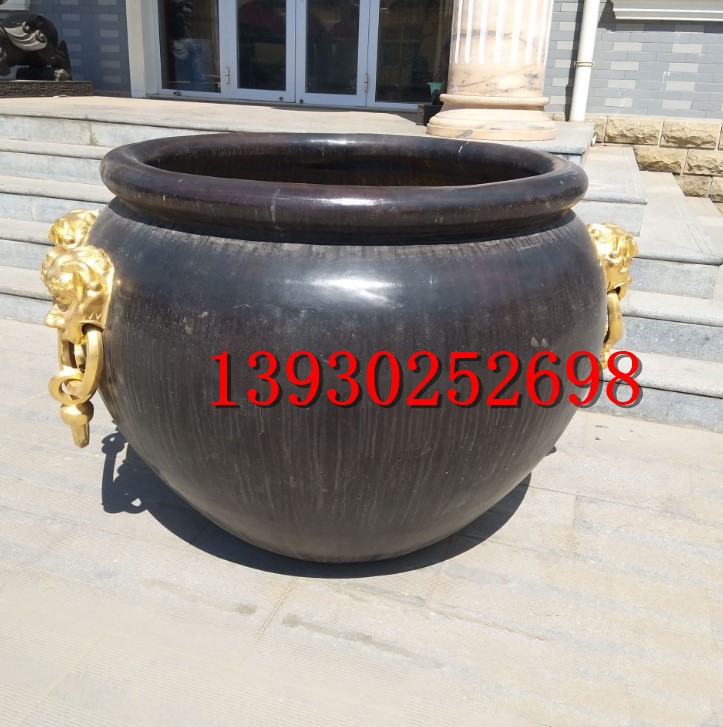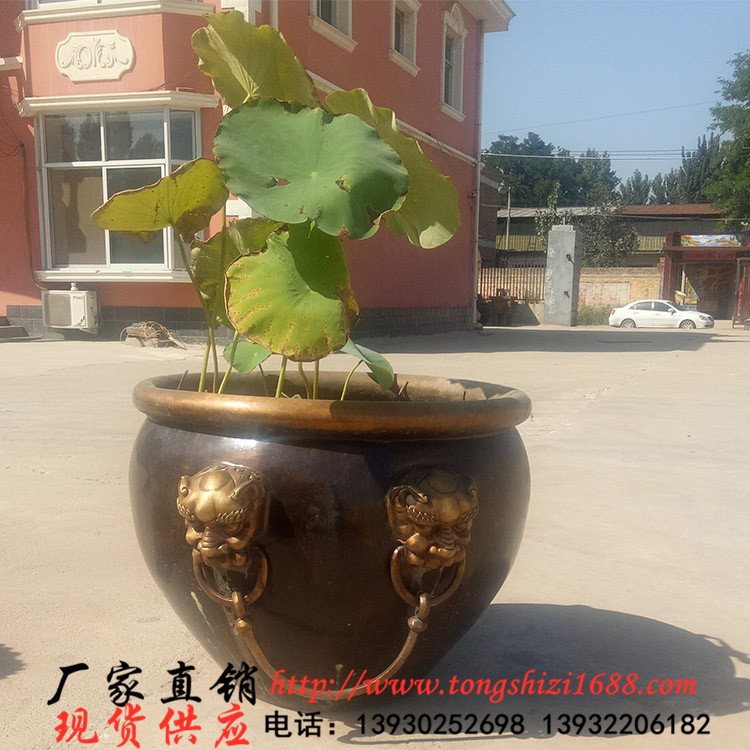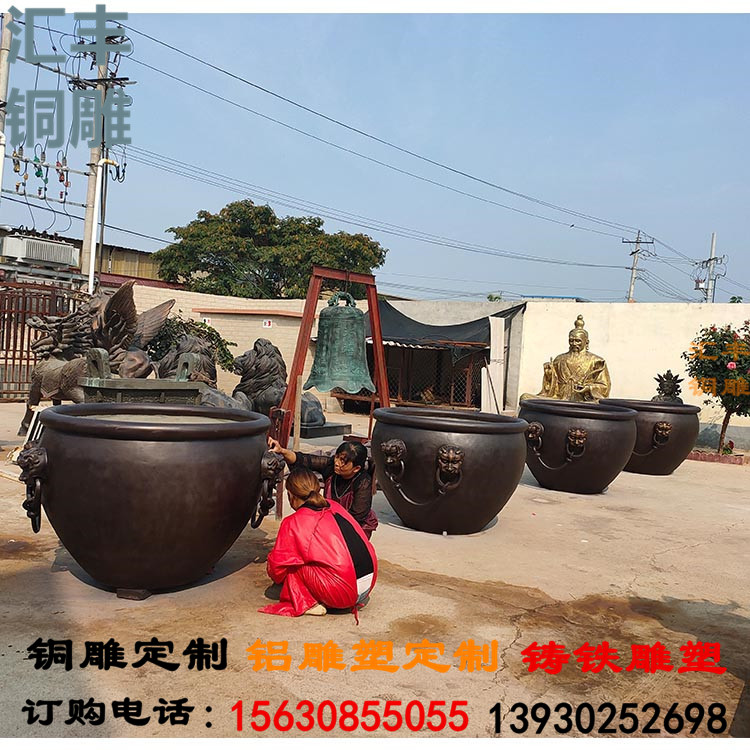- 地址:
- 河北唐县
- 邮箱:
- 969434793@qq.com
- 电话:
- 13930252698
- 微信:
- 13930252698
- 手机:
- 13930252698
作为明清两代的皇宫,故宫一直注重防火。“冬凿冰、夏注水、春除草、秋清叶”是故宫自明清时代起就有的防火传统。
As the imperial palace of Ming and Qing Dynasties, the Forbidden City has always paid attention to fire prevention. "Ice digging in winter, water injection in summer, weeding in spring and leaves clearing in autumn" has been a fire prevention tradition of the Forbidden City since the Ming and Qing Dynasties.

故宫中共有铁、铜、鎏金铜大缸308口,这些都是明清两代为防火而设置的储水缸。每口缸大约可储水3000多升,时刻保证储水缸满盈。
There are 308 large tanks of iron, copper and gold-plated copper in the Palace Museum, which are all water tanks set up for fire protection in Ming and Qing Dynasties. Each cylinder can store more than 3000 liters of water, which ensures the full capacity of the water tank at all times.

同时,金水河也是故宫自古的消防水源。目前,这些古代流传下来的防火传统仍然适用。每年冬天官兵们要冒着严寒在金水河内每隔20米凿出一个一米见方的冰窟窿。平时,在故宫的开放区域,故宫各殿门前的水缸不储水,以防止孩童误入,但在非开放区域,殿前的水缸都将储满水。一旦失火,水缸中的水可以成为距离最近的水源,便于及时使用。
At the same time, Jinshui River is also the fire water source of the Forbidden City since ancient times. At present, these ancient traditions of fire prevention still apply. Every winter, officers and soldiers braved the cold to dig a one meter square ice hole every 20 meters in Jinshui Hanoi. Usually, in the open area of the Forbidden City, the water tanks in front of the gates of the Forbidden City do not store water to prevent children from entering by mistake, but in the non open area, the water tanks in front of the palace will be full of water. In case of fire, the water in the water tank can become the nearest water source, which is convenient for timely use.

到了春秋两季,中队指战员还要对故宫内的植被进行湿化,同时会给几十米高的宫殿房顶清理杂草,防止有可燃物造成失火。
In the spring and autumn, the commanders and men of the squadron will also humidify the vegetation in the Forbidden City, and at the same time, they will clean up the weeds on the top of the dozens of meters high palace to prevent combustible materials from causing fire.
下一条:铜大缸的作用



